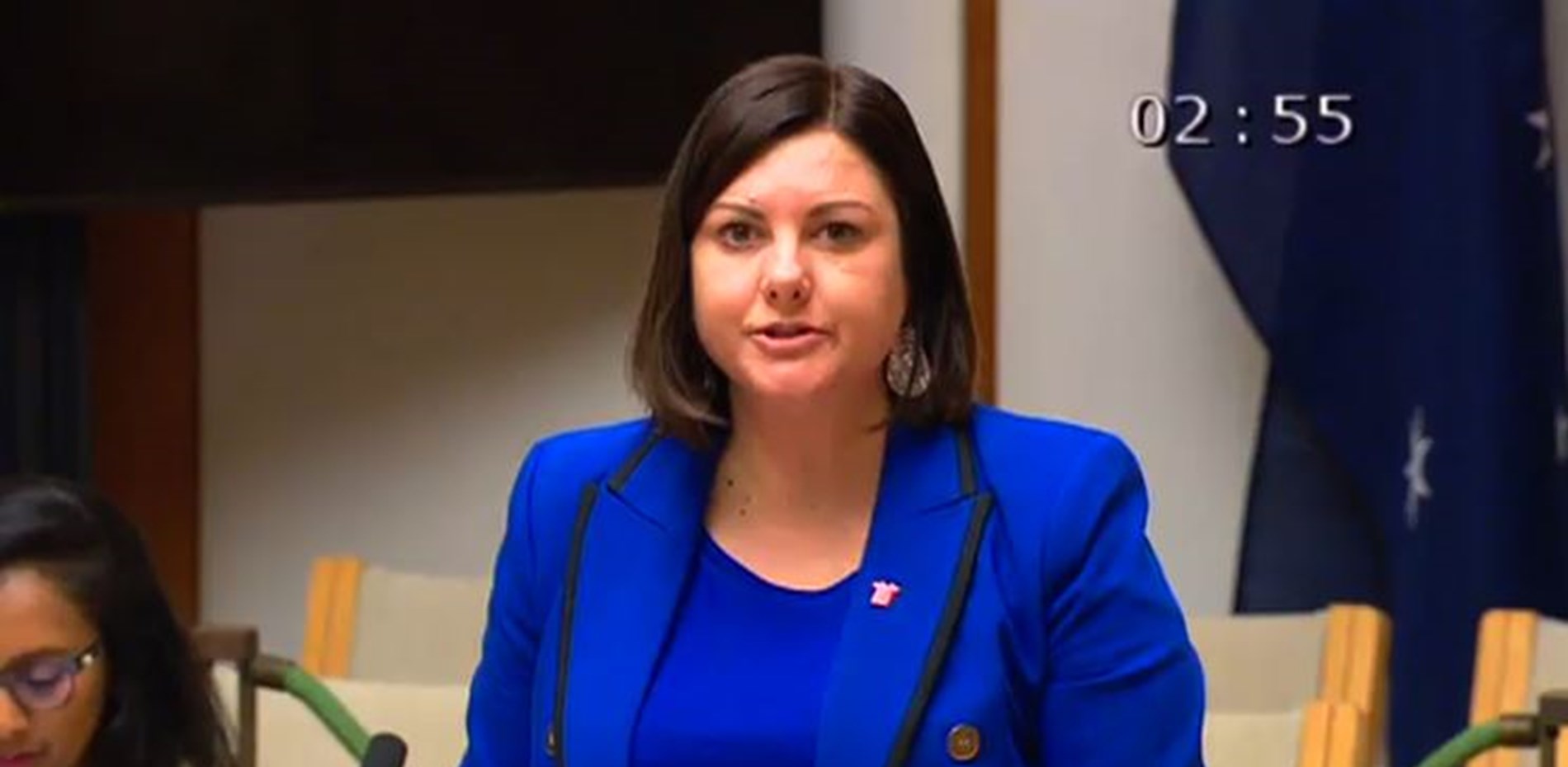While we were all busy with the budget this week, many communities across New South Wales, Tasmania and Victoria were dealing with the impacts of flooding. In all of these communities, local government is the first port of call and the closest form of government to the community.
As a former mayor who experienced nine declared natural disasters in four years, I am very aware of the important role that local government plays in supporting their communities through these natural disasters. For my council, it was a huge financial cost to repair roads and to rebuild infrastructure. The manpower alone can cost a local government millions of dollars. Enabling local government to plan for natural disasters will save the community money and will save the government money.
This week in Cooma, in my electorate, they experienced flash flooding. The New South Wales SES Cooma-Monaro Unit, Queanbeyan and Snowy River Unit and many volunteers assisted the Cooma community with the flash flooding. I want to thank them for their hard work.
This government is working with state and territory governments to support those impacted local governments and their communities, providing practical on-ground support. More than 100 local governments are currently impacted and declared natural disaster areas, and I've been calling mayors around those three states, asking how they are. What they are asking for is to be better prepared and become more resilient to these natural disasters.
Councils in the Northern Rivers are working overtime to tackle what is estimated to be more than $700 million in damage to road infrastructure. The Richmond Valley Council, who recently prepared a response to the 2022 February and March floods, estimate that the cost will be $150 million to rebuild roads. Council engineers in the Blue Mountains estimate that repairs from land slips and road damage will exceed $400 million. In one of the hardest-hit areas, 90 per cent of Lismore City Council roads have been damaged, with the repair bill estimated at $350 million. Byron Shire estimates its repair bill at $180 million, with Tweed Shire at over $100 million.
We have begun the job of delivering the Disaster Ready Fund to help communities prepare for natural disasters. By preparing for these disasters, we can protect lives and livelihoods and lower the damage bill caused by floods, fires, and cyclones. The Albanese government will invest $1 billion over five years in disaster resilience and mitigation works across Australia through the Disaster Ready Fund. We need to build the flood levees and fire breaks, invest in community resilience programs and more, and this is exactly what the fund is designed to do: to strengthen Australia's disaster management response, including with the establishment of the National Emergency Management Agency and the establishment of the Special Envoy for Disaster Recovery. We can help our communities prepare, we can work with local governments and we can make sure we don't leave anyone behind.



